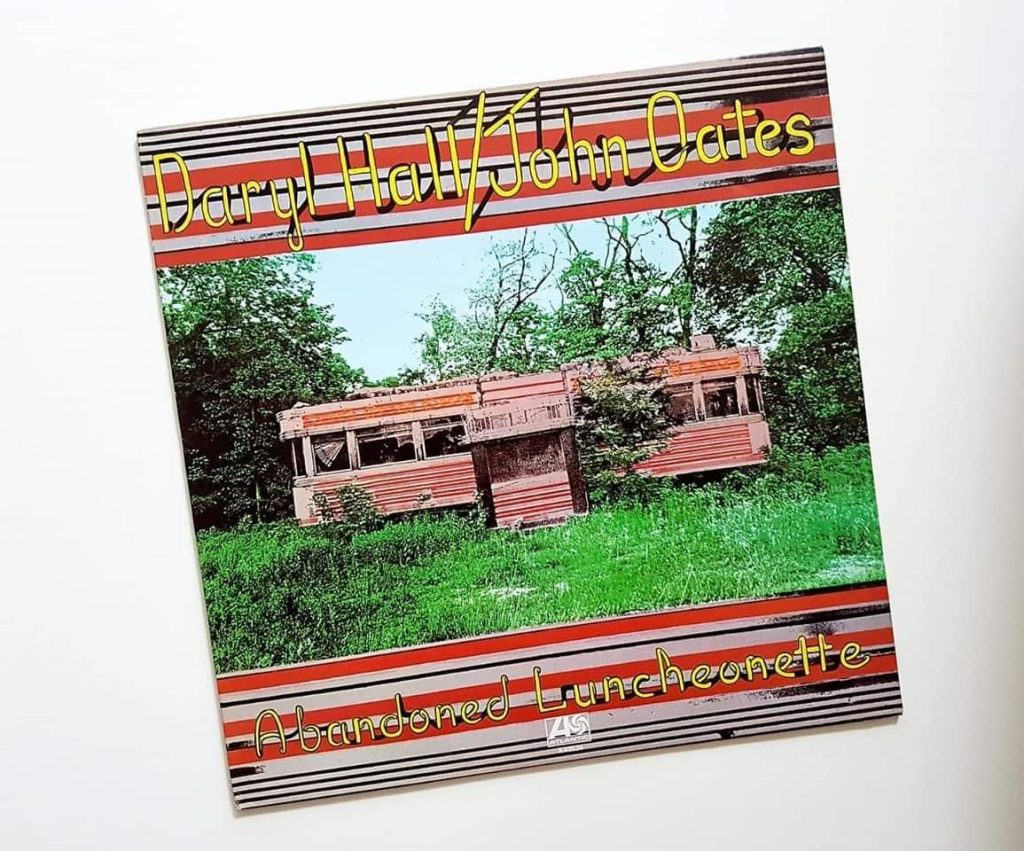Our November review includes albums by Boz Scaggs, Rupert Holmes, Daryl Hall & John Oates, Sneaker and Bill Champlin.
“Silk Degrees” by Boz Scaggs (1976)
After years of hard working and touring Boz Scaggs reached his creative and commercial peak in 1976 with his 7th studio album “Silk Degrees”. Several things came together to make this success possible: the quality of songwriting, a slick production by Joe Wissert and the best studio musicians of their time, who one year later formed Toto. The hits of this album are timeless classics: “Lowdown”, “Lido Shuffle” or “Gorgia” became signature tunes of Scaggs. This sophisticated mix of blue-eyed soul, rock, pop, proto disco-boogie and mellow ballads made “Silk Degrees” to a sophisticated cornerstone of West Coast music. An essential recording.

“Singles” by Rupert Holmes (1977)
“Who, What, When, Where, Why” – whispers the background choir in Rupert Holmes’ opening song on his third album from 1977. Questions that refer not only to the couple in the song but also to the development of his solo career. The singer-songwriter and poet needed a hit single. “Just give me singles”, the managers of the record company reportedly told him. So Holmes sarcastically named his album “Singles”. Although the album was musically more conventional than his previous ones, Holmes’ songwriting was as smart and sophisticated as always. His pointed lyrics described in a virtuoso way romantic struggles and complicated relationships of 70’s middle class. “Singles” wasn’t a hit record, but other artists celebrated successes with Holmes’ songs. He later turned his attention to Broadway, and became a playwright.
P.S. “Who, What, When, Where, Why” became one of Holmes’ most-recorded songs – interpreted by artists such as Dionne Warwick and Manhattan Transfer

“Abandoned Luncheonette” by Daryl Hall & John Oates (1973)
In 1973 Hall & Oates reached an early peak of their career with their second album “Abandoned Luncheonette”. Producer legend Arif Mardin carefully supported the duo to bring his irresistible mix of folky singer-songwriter pop and Philly soul to perfection. On this record you can find many jewels like Oates’ “I’m Just a Kid (Don’t Make Me Feel Like a Man)”, the light-footed “Las Vegas Turnaround (The Stewardess Song)” and their great songwriting collaboration “She’s Gone”, which became a double hit for the first time in 1974 and for the second time in 1976 (US Top10), when Atlantic Records released the single again after the success of “Sara Smile”. “Abandoned Luncheonette” is a masterpiece by Hall & Oates. Listening again is always worthwhile.

“Sneaker” by Sneaker (1981)
Named after Steely Dan’s “Bad Sneakers”, the LA-based band Sneaker made no secret of their influences: The Doobie Brothers, Steely Dan and The Eagles. In 1981 they released their self-titled debut album, produced by Steely Dan/Doobie Brothers guitarist Jeff “Skunk” Baxter, who contributed his signature guitar to many of the songs. The opening track “Don’t Let Me In”, written by Walter Becker and Donald Fagen, became a small hit. With “More Than Just The Two Of Us” the sextet reached the Billboard Top 40. The sublime “Jaymes” was inspired by “You Belong to Me” by Michael McDonald. My personal favourite is “No More Lonely Days”, refined with Baxter’s atmospheric guitar work. Only one album followed in 1982. “Sneaker” is one of the great progressive AOR albums of the early ’80s, a real gem.

“Single” by Bill Champlin (1978)
Bill Champlin left the Sons of Champlin and San Francisco in 1977 and sought his fortune as a session singer in Los Angeles. In 1978, Champlin teamed up with producer David Foster to write and record a collection of songs that were strongly influenced by the smooth and elegant blue-eyed soul à la “Silk Degrees” and continued the Sons’ already initiated change of style towards a commercial West Coast sound. The best studio musicians of the scene played on this album, including all six future members of Toto. The punchy horns were arranged by Jerry Hey, the rousing string charts by Marty Paich, and the background vocals are provided by a team that included Michael McDonald and Daryl Hall. “Single” is a blueprint for the LA studio sound of the era. The ingredients were right, but the album was not a success, not least because – like its successor – it did not receive any real support from the record company. Champlin’s solo ambitions had already ended in 1981 when he joined Chicago. His solo albums have since been adored by West Coast music lovers worldwide.


